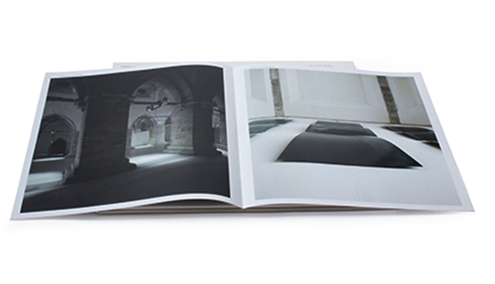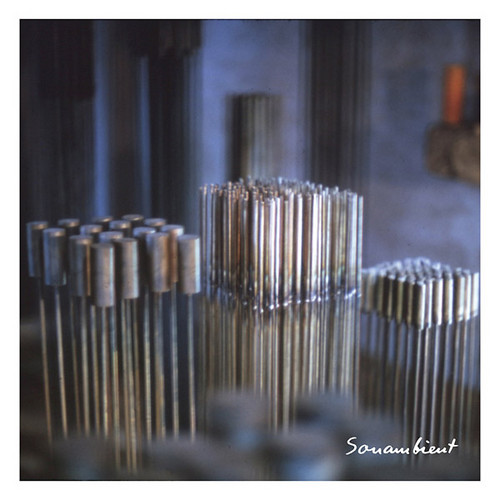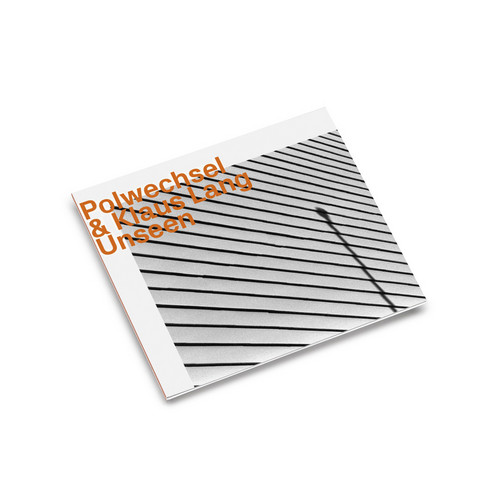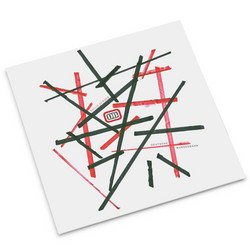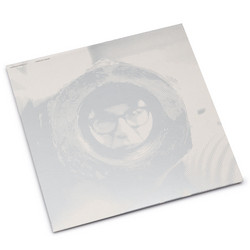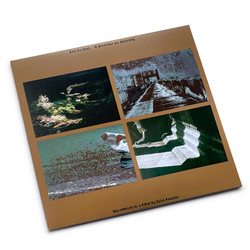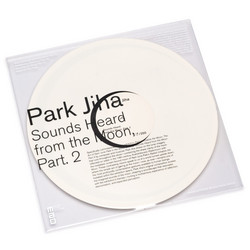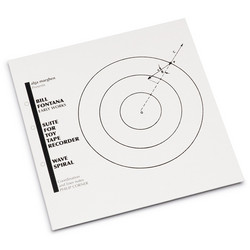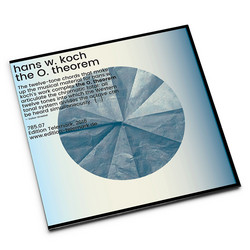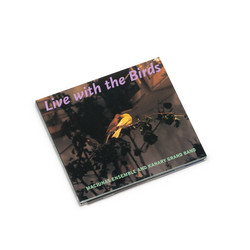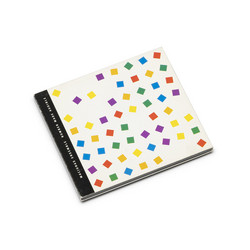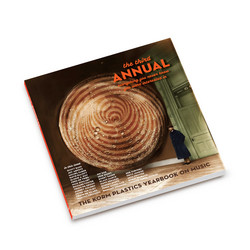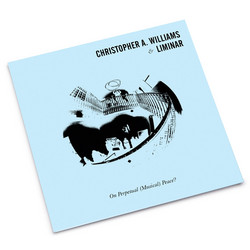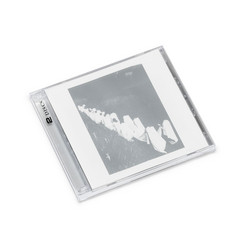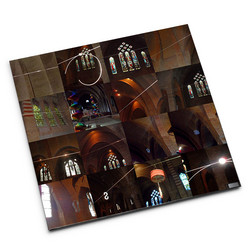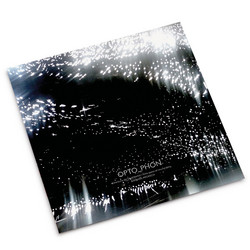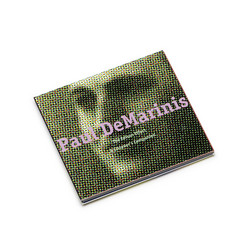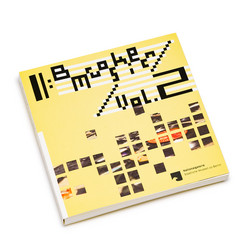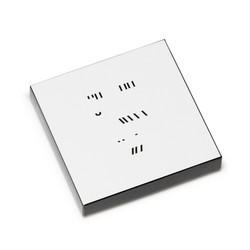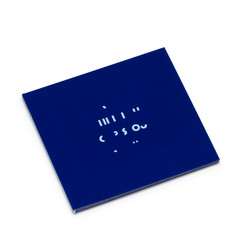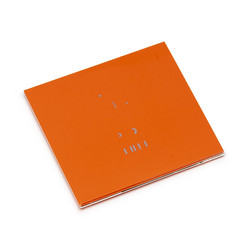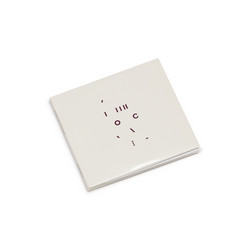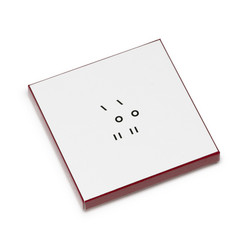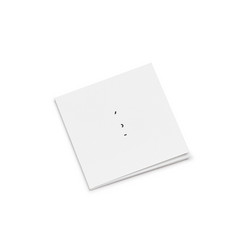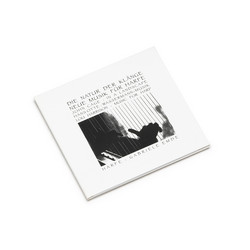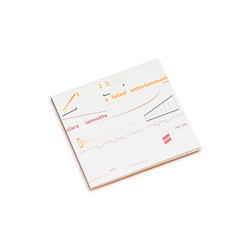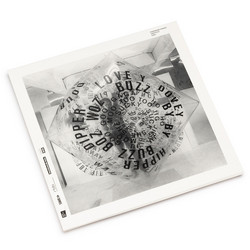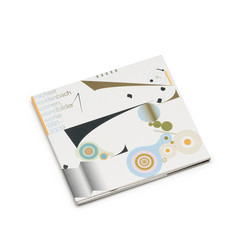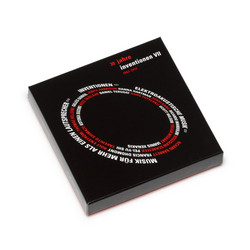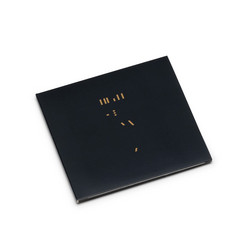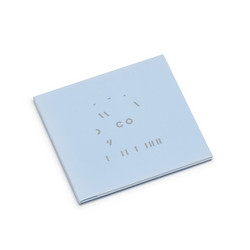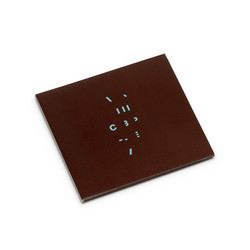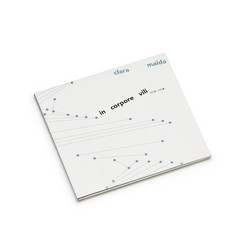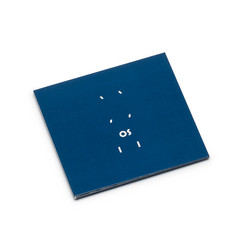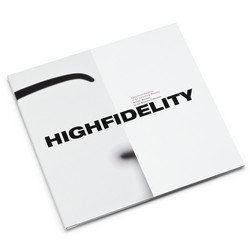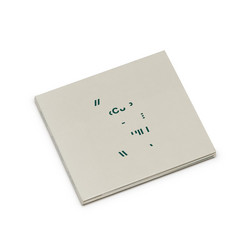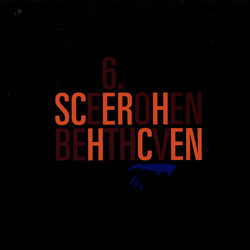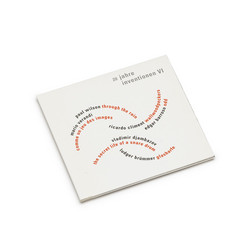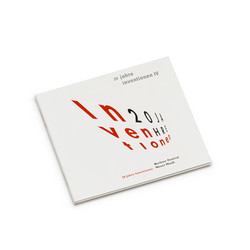Lovely sound documentation of a site-specific sound installation by cellist Michel Moser (of Polwechsel fame) in the nave and choir of Minoritenkirche in Krems/Stein that engages with the architecture and sound of this church space. The material used are hanging and lying flat objects of glass and metal that are played with sound pressure transducers. These objects thus become membranes that resonate in their entire surface and mass, exuding sound to the surrounding space.
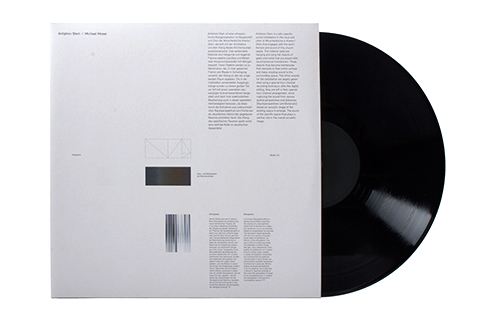
The initial sounds for the installation are largely generated using a special four-channel recording technique; after the digital editing, they are left in their special four-channel arrangement, since capturing the sound from various spatial perspectives and distances allows an acoustic image of the existing space to emerge. The sound of the specific space thus plays a central role in the overall acoustic image. By way of the stringency of the early Gothic architecture, the placement or hanging of the surface objects leads to the bipartite, responsorial form of the work. Below in the nave, the eight glass plate objects, each hanging between the powerful columns, above in the former choir the tripartite metal work, arranged on the floor on white felt, thus not visible, but only audible from below. The intimacy of the apse with its triptych of metal objects contrasts with the expansiveness of the nave, with the glass surfaces hanging at a great distance. The light design, from the dark nave to the apse flooded in light, seeks to continue this dialogue.
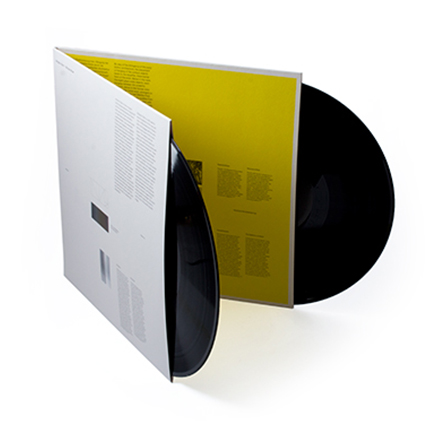
The sounds—small compositional miniatures of a duration of three to seven minutes, above more organ, below more cymbal sounds, percussion, resonant glass—are combined by the computer on the basis of a precise score into ever new constellations: aleatory in part, sometimes in fixed series and interrupted by interludes that represent in temporal intervals of thirty minutes the only moment in which an individual sound file can access all surface objects in both spaces.
